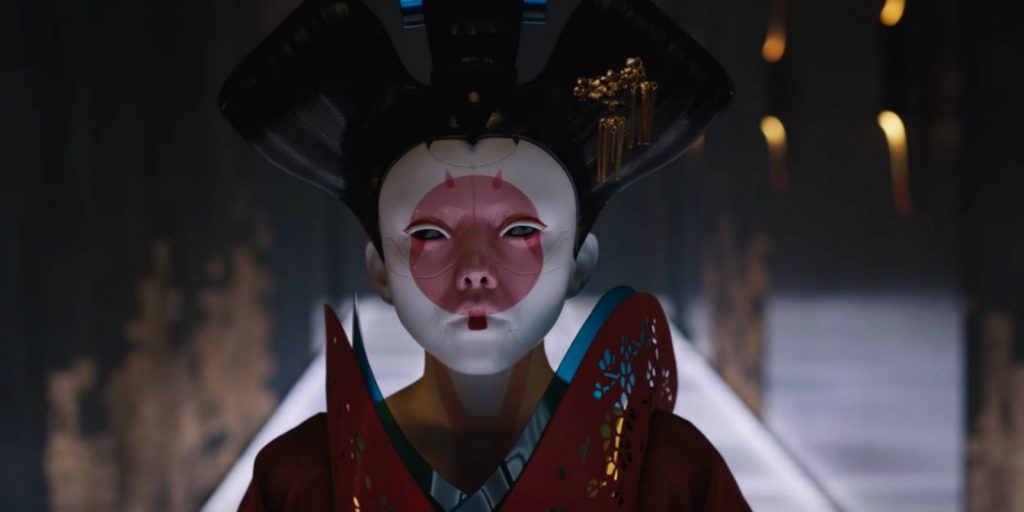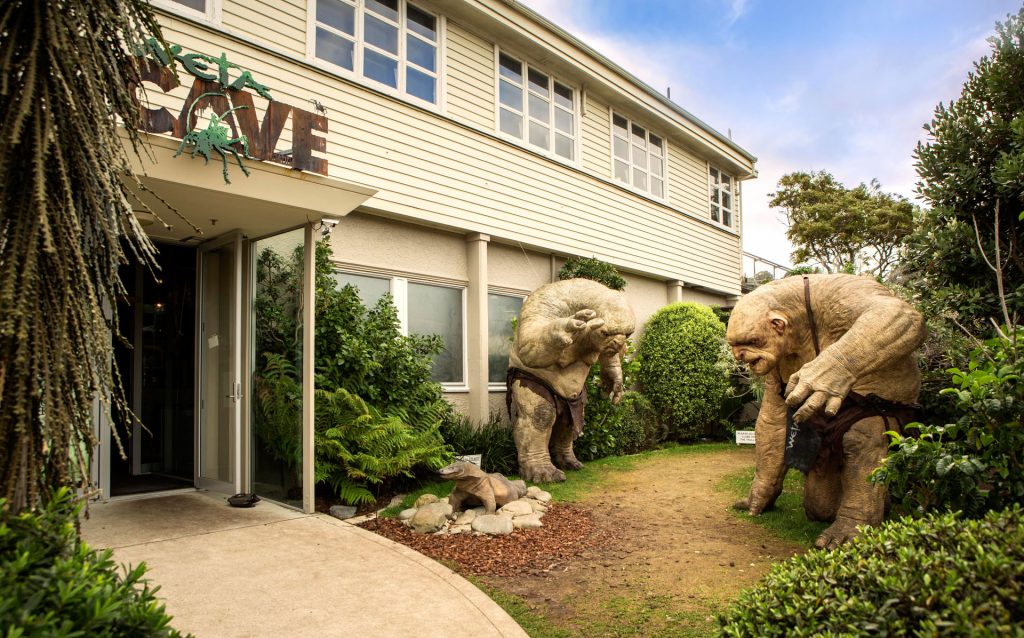First released as a manga series in 1989, Ghost in the Shell has become a seminal work critiquing the digital future. The 1995 animated film of the series has since become cult classic, and the 2017 remake will see the digital dystopia in live-action for the first time.

In an effort to make Ghost in the Shell 2017 as tangible as possible, director Rupert Sanders has opted to use as many props as possible in the place of CGI. To recreate the hyper-realistic characters of Niihama, Sanders has enlisted the help of top special effects team Weta Workshop, based in Miramar, New Zealand, and behind some of the most spectacular scenes in the Lord of the Rings Trilogy.

Decades of experience
Richard Taylor is the CEO and original co-founder of Weta Workshop, which started life as a puppet studio in 1987.
In a behind-the-scenes prop preview on YouTube Taylor speaks to Mythbusters’ Adam Savage about the process behind the hyper-realistic Robo Geisha masks.
In the clip, Taylor explains that the Weta Workshop team used 3D scanning to create the preliminary design of the mask,
The first thing we did is Rupert chose one actor, a young Japanese actress called Rila [Rila Fukushima], and she already had an extraordinary face. We scanned her, head cast her, and then we made her digitally symmetrical.
After this, the masks where then 3D printed, milled and hand crafted to ensure the finite detail of the heads. The team paid special attention to the hair on the Geishas, going over the many lines of the hair to add pin-point precision.
As with the method of making an Academy Award Oscar, Weta Workshop combines modern technology with older techniques to create the most realistic props. This is also seen in the animatronic version of the geishas that has internal clockwork mechanics.
Richard Taylor from Weta Workshop pops open the animatronic face of a geisha to show the internal clockwork. Clip via Tested on YouTube
3D printing for prop making
As the best friend of cosplayers, 3D printing is also gradually making its mark on the film industry. Recently, independent filmmaker Nicola Piovesan 3D printed Cyber Octopuses for his 80s inspired sci-fi vision. Kid’s film Kubo and the Two Strings also used 3D printing to make the stop-motion animated faces of characters, much like 2016’s Christmas advert from Sainsbury’s.
To stay up to date with 3D printing in film, you can sign up to the 3D Printing Industry newsletter here, and follows us on our active social media channels.
Features image shows a Robo Geisha animatronic mask from Ghost in the Shell, by Weta Workshop. Property of Paramount Pictures.



